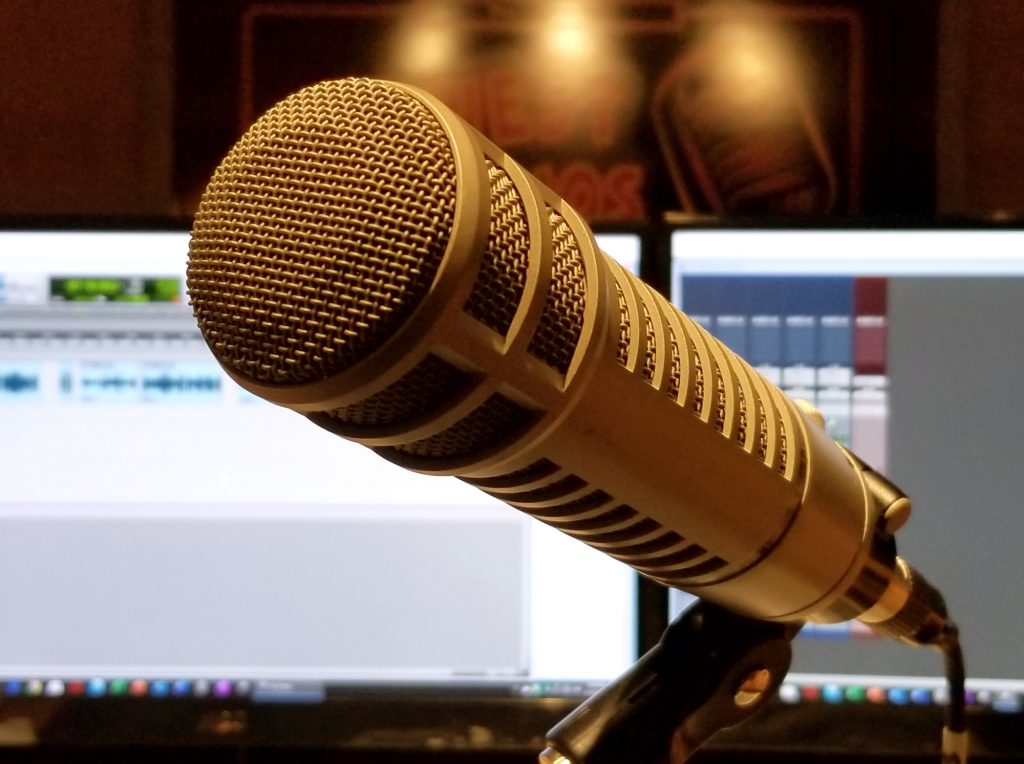
Are dynamic microphones better at rejecting room noise than condenser mics? The short answer is “no.” There is also another misconception that condenser microphones have a better “reach” than dynamics; that is, they pick up distant sounds better. There is no such thing as “reach.” All microphones pick up sound the same way at a distance according to the Inverse Square Law, which we will discuss later.
But there are a couple of caveats. First of all, you need to be comparing microphones with the same pickup pattern. An omnidirectional microphone picks up more room noise than a cardioid. Also, a condenser microphone may have a better low-frequency response than a dynamic and pick up a little more low-frequency rumble.
First, there are a couple of terms you need to understand. The first is the signal-to-noise ratio, which is independent of microphone sensitivity. So if you are talking or singing into a microphone with the gain properly so that your meter is peaking around “0” dB, and you stop singing or talking and the meter reads -40 dB, the signal-to-noise ratio is 40 dB. In other words, the signal-to-noise ratio is how much louder the desired signal is than the background noise. In this case, the limiting factor on the signal-to-noise ratio dB room noise. In a very quiet room, the limiting factor in establishing the signal-to-noise ratio is the noise generated by the microphone and the preamplifier.
The other term is the Inverse-Square-Law, which states that the intensity of sound drops by 6 dB for each doubling of distance from the source to the microphone. Again, this is true for condenser microphones, dynamic microphones, and your ears. It’s a fundamental law of physics.
So, if you are one inch from the mike capsule and move to two inches away, the microphone output drops by 6 dB. If you move from two to four inches away, the signal level drops another 6 dB., and if you go from four to eight inches away, your signal drops another 6. But, the distance between the noise and the microphone hasn’t changed, and the noise level is constant. However, since your voice level has dropped by 18 dB, and since you moved from 1 inch to 8 inches away from the mike, you’ll need to increase the gain of the preamp by 18 dB to get your voice to be peaking around 0 dB. And by doing that, you raised the noise level by 18 dB.
So, one reason that a dynamic microphone might seem less sensitive to noise is that your lips are usually right on the microphone, maybe an inch away from the capsule since there is usually a built-in foam pop filter in the microphone. With a condenser, since you usually need to use a pop filter, you might be six to eight inches away from the capsule.
So, effectively you get a better signal-to-noise ratio because you can get closer to the dynamic. If you stay 8 inches away from both microphones, the signal-to-noise ratio should be about the same.
